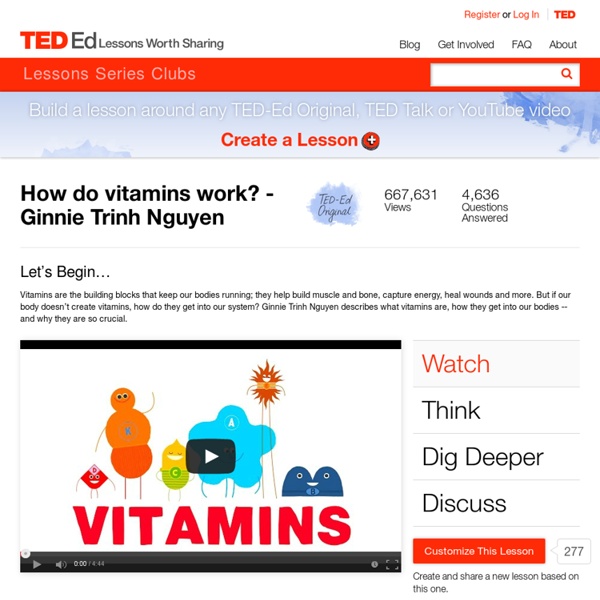IVIS.pdf
Horse Anatomy of the Digestive System
Looking at the horse anatomy of the digestive system, we will start at the top: Mouth and Teeth: The mouth is very important as it is where digestion begins. The teeth harvest the feed, and when the horse is grazing act as the prehensile organ, which means they bring the grass into the mouth. The upper lip is the main prehensile organ when your horse is eating grain and other loose feeds. The teeth also break down the feed so that the horse can swallow (masticate) it, and so digestion can more easily take place later in the tract. The salivary glands also play an important role in digestion. In the picture above, the tongue is colored yellow, the esophogus is orange, and the teeth are red. Esophogus: The esophogus is pretty simple, as it is simply a passageway from the mouth to the stomach. Stomach: The above picture shows two views of the horse stomach. This is where digestion really begins. This small size is important to keep in mind. Small Intestine: Cecum: Colon: Rectum and Anus:
Winner of 2015 Annual Equine Industry Vision Award Selected
Zoetis and American Horse Publications (AHP) have announced that a winner has been selected to receive the 2015 Equine Industry Vision Award. Sponsored by Zoetis, the award is intended to recognize innovation, leadership, and service. This year, a record-breaking number of 25 nominations were received. “A nomination for the Equine Industry Vision Award is an honor in itself,” said Chris Brune, AHP executive director. “It represents that these individuals and organizations are being recognized for making a real difference in the horse world.” The six members of the Equine Industry Vision Award Committee reviewed the nominations and narrowed the list of 25 nominees to four candidates. Gayle Ecker, director of Equine Guelph; The EQUUS Foundation, a charitable foundation providing financial support and services to equine charities across the United States; Jim McGarvey, chairman of the board of the Back Country Horsemen of America; and Juli S. The remaining 21 nominees included:
NGL
Project 3: Instructional Design Plan
Home | Project 1 | Project 2 | Project 3 | Project 4 Overview In Projects 3 and 4 you are going to engage in the development of a training manual for a complex procedure, process, or software application. You will begin by developing a blueprint using a highly detailed and specific process often referred to as Instructional Systems Design (ISD). This process, when carefully implemented, produces an effective training solution. The final product for Project 3 is an Instructional Design Plan that serves as your blueprint for the training manual you will develop in Project 4. The Instructional Design Plan provides detailed instructions on how to build instructional/training materials, much like an architect's blueprint which clearly explains the "who, what, when, where, why, and how" of the project. Sample Project Click on the following link to view a Sample Instructional Design Plan (PDF). Deliverables 1. 2. 3. 4. 5. 6. 7. 8. 9. 10. Tutorial
untitled
Selling on Value - The Three Principles of Value Selling - Sales Training And Results, Inc.
Selling on Value - The Three Principles of Value Selling Posted on 06/21/2008 in Value Selling Skills The Difference Between Price And Value If you are a professional salesperson today, you know the difference between price and value. In our experience, there is no doubt that the process of selling has evolved. Three Principles of Value Selling Principle #1: Look at value from the customer's perspective. This is the most important principle because you can't apply the other principles if you don't or can't identify a particular customer's value drivers. What are the key skills needed to implement this principle? Principle #2: Sell to the highest decision-maker possible. Higher level decision-makers are more likely to appreciate the value elements of your offer. Of all the principles, this is often the most frustrating and difficult for salespeople. how do you identify the key decision-makers? Principle #3: Quantify your value proposition. An example illustrates this point.
Barn Sales: Barn Training Coordinator | SmartPak Blog
The Barn Training Coordinator will be responsible for aiding in the training and development of new and existing Barn Consultants, alongside their direct manager to ensure they are as productive as possible in their assigned territory. In addition, this individual will be tasked with providing feedback and proactively working to close gaps in training that may be identified in the field. Direct coaching and feedback will be a critical part of success within this role. The Nitty Gritty: Alongside the Barn Sales Management team, this position will develop and oversee a 90-120 day training program and ongoing education for new Inside and Outside Barn Consultants including office and in-field training, trade shows, and other sales training opportunities as needed. Position Must Have’s: Apply now!
Statlig inkomstgaranti för konstnärer
Statlig inkomstgaranti för konstnärer är en form av statligt kulturstöd. År 2010 beslöt riksdagen avveckla den statliga inkomstgarantin genom att inte längre ge sådan till ytterligare personer. Efterhand som medel frigörs i systemet, kommer de att överföras till formen långtidsstipendier.[3] Inkomstgarantin har utdelats utan ansökan. För författare och översättare har Sveriges författarfond beslutat om garantin, och för övriga konstnärsgrupper Konstnärsnämnden. Den livslånga garantin garanterar innehavaren en årlig minimiinkomst på 222 000 kr år 2014 (fem basbelopp). Innehavare av inkomstgaranti[redigera | redigera wikitext] Innehavare av svensk statlig inkomstgaranti för konstnärer i februari 2014:[2] Andra statliga konstnärsstipendier[redigera | redigera wikitext] Vid sidan om inkomstgarantin finns idag ett antal statliga stipendier till kulturarbetare inom bild, form, dans, film, musik och teater. [redigera | redigera wikitext] Danmark[redigera | redigera wikitext]



